#historical trail
Text
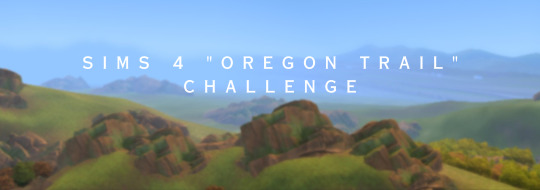
Sims 4 “Oregon Trail” Challenge (BACC)
Inspired by playing Oregon Trail on the Switch recently with my family as well as the Homestead Challenge for Sims 2 by child_of_air, I wanted to create a historical build a community challenge (BACC) with references to the Oregon Trail game (ie, river crossings, death by illness, new pioneers arriving by wagon train, etc). The below are guidelines for play, many adapted from the Sims 2 challenge for use in Sims 4. Please consider these guidelines flexible and tweak them as you wish to fit your gameplay. This challenge was written with all packs in mind but can be played without them.
HUGE thanks to @antiquatedplumbobs for providing me valuable feedback and helping my idea really come to life! Also thanks to @cowplant-snacks for being a sounding board and providing feedback. This challenge wouldn’t be the same without either of their input and I am so grateful!
The Basic Rules
1. There is no electricity, no running water, and no access to technology that wasn’t invented prior to the 1850s. You may wish to utilize the lot trait “off the grid” to aid with this, but this is not essential. As long as the home, decor, and most behaviors of the sims matches the time period, how restrictive you choose to be in your gameplay is up to you. “Close enough” is ok for this challenge.
2. Each member of your wagon party has a backstory to their lives, and many of them are trying to escape from the confines of the restrictive social order or begin a new life. However, the items they take with them will be restricted to what their social rank was when they left. Space on the wagon is limited, and only the most precious items would be taken along. (More on items below)
3. At the start you will play your aspiring pioneer household as they journey by wagon to their destination, facing obstacles along the way. Once your pioneers arrive at their destination, they will all move into a boarding house with a host sim. Only the host household (which includes your first set of pioneers) will be played at this point. Once sims move out and begin their own homesteads, the neighborhood will be played in rotation. Each house will be played for 1 week (length of rotation of your choosing. 1 week is my recommendation).
4. Only the host or hostess at your destination will be able to have a job at first, which will be in politics. Everyone else will have to focus on developing their skills, adding to their hope chests, and preparing for their own homesteads. Sims cannot marry or move out of the boarding house until they have produced enough goods to begin their own homesteads.
5. Please note that your end destination does not have to resemble Oregon. The Oregon Trail game was simply an inspiration for this challenge.
Time
The concept of time passing is up to you. You may want to let the seasons dictate the years, or you may want to base your year around a biological marker, such as the sim age spans. Some may want to make their own metric for years (ie, 4 days = 1 year). You may choose to not bother with the passage of time at all. If you choose to advance the passage of time, you will need to keep track of advancing technology (I recommend Decades Challenge for inspiration). This challenge could be played as a prequel to the Decades Challenge.
Getting Started
1. Create your wagon train lot for your pioneers to live on as they travel to their new home. You can build this yourself or pull a lot from the gallery (my recommendation is Oregon Trail Camp by HistoricalSim). If building your own, this functional tent looks like a covered wagon - http://simfileshare.net/folder/183978/ kindly hosted by @cowplant-snacks, amazingly made functional by @superflare, original by inabadromance.
2. Host Sims and House - Before the pioneers’ journey is complete, you will need to create a host house and a host/hostess sim. (Note: This step can be done right at the start or can wait till their journey is almost over.) Create a host sim of your choosing. This will be the only sim in the initial household able to hold a job, which should be in politics. The host will be the one to hand out homestead deeds (though not literally). The wagon load of pioneers will begin their new life here as they gather supplies and build up their skills to qualify for a homestead of their own. Consider it a boarding house of sorts and build accordingly. You’ll want space for many sims as well as skilling/crafting items available for use.
3. Townies - Your game should have as few townies as possible to begin with as your first pioneers should be part of the town’s founding. You may use mods to prevent the game from spawning townies or you may create your own and use mods to make them fill the roles the game would normally spawn new sims for (mailperson, bartender, etc). You can also allow the game to spawn as it needs to and either ignore those sims or make them over to fit the historical context. (Note: The Sims 2 Homestead Challenge mentions creating Native people to serve as existing townies. This is up to the player)
4. Create your first wagon of settlers
a. Roll a dice to see how many are on the wagon (1-7, unless you use mods to increase the household sim limit). They can be teens-adults. If you want to roll for gender, age, traits, etc you may. You can start with a married couple or single sim if you wish, but keep in mind that not all sims are guaranteed to survive the journey so more sims may be better for this challenge.
b. For each sim, roll their socioeconomic background: This determines the quality and quantity of items each sim may have brought with them to begin their new life/homestead. Note: Sims 4 furniture is stored in the shared household inventory, so may want to roll and make note of this somewhere but not actually choose the items until the sim has moved to their own homestead.
1-2: Indentured Servant or Former Slave (2 Items, poor quality)
3-4: Lower Class (5 Items, poor quality)
5: Lower Middle Class (6 Items of poor quality and 3 items of medium quality)
6: Middle Class (10 items medium quality)
c. Likewise with animals - it stands to reason that some would have brought livestock or perhaps a pet with them, but as these won’t really come into play until the sim moves to their own land, you can decide what they have now and then add them later.
5. Move them into your wagon train lot and begin their journey!
Optional: You can use my save file as a starting point for this challenge. It contains a wagon camp (Oregon Trail Camp by HistoricalSim) placed in Willow Creek. It also has the calendar already set up to include events on the journey and holidays (more on the journey and calendar below). Host house and sims are not included. http://www.simfileshare.net/download/4024989/
The Journey:
Your wagon of pioneer sims will begin their journey in spring. Their goal is to reach their end destination before winter begins. The length of this stage is up to the player - you may want to drag out the survival struggle or you may want to zip through it quickly. The average time of travel was 150 days. I’ve included a sample calendar below from my save file. The Oregon Trail begins in Missouri and ends in Oregon, and typically took months to complete with many hardships along the way. Any sim who becomes sick while on the journey will need to have a dice rolled for their survival odds (even - they live, odd - they succumb to their illness and die along the trail unless they are within a day of a Fort where they can purchase medicine). Also along the way are 4 river crossings (Kansas, Big Blue, Green, Snake) as well as passage through the Blue Mountains near the end. There are also 4 random events in the spirit of the original Oregon Trail game. For each of the 5 major events (spaced however the player chooses), roll a dice for their odds of success.
1-3 unsuccessful attempt at crossing - roll to see which sim doesn’t make it
4-6 successful crossing - continue on
For the 4 random events on the calendar, roll a dice to determine which sim will be affected by the event. Roll the dice again for survival odds - if a 3 is rolled, your sim dies.
Once the events are completed, the wagon arrives at the boarding house and moves in temporarily until their own homestead can be secured.
The sample calendar below from my save file includes all 5 events spaced out as well as a couple of stops at Forts where supplies can be purchased (medicine, food if you’re playing using the Simple Living lot challenge). I also included 4 random events and a few holiday celebrations.
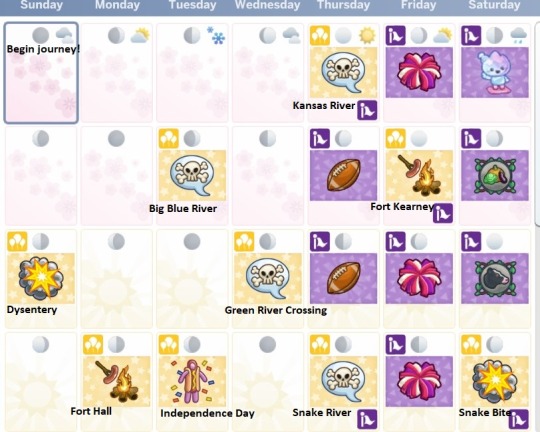
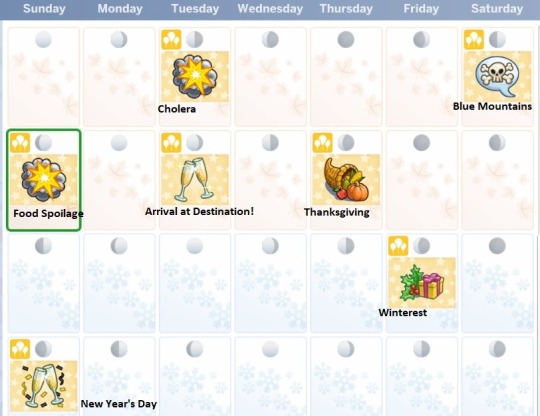
Optional: If you’d like to further simulate pioneers journeying across the country, you can move your pioneer sim household to wagon camps in different worlds with each river/mountain crossing. If you’re using my save file, use the numbered wagon train lots as listed below.
Recommended worlds to use:
Kansas/Big Blue River Crossings - #1 stay on original lot in Willow Creek
Green River Crossing - #2 Henford
Snake River Crossing - #3 Oasis Springs
Blue Mountains Crossing - #4 Copperdale
Homesteads:
In order to qualify for a homestead, sims must gain 4 skill points in 3 different skills (Baking, Cooking, Cross Stitch, Fishing, Fitness, Flower Arranging, Gardening, Gourmet Cooking, Guitar, Handiness, Herbalism, Horse Riding, Juice Fizzing, Knitting, Nectar Making, Painting, Piano, Pipe Organ, Violin, Writing) as well as meet the qualifications for homesteads below:
Basic Homestead: all skills obtained, $100 starting fund, 10 household wares
2 Bedroom Homestead: all skills obtained, $200 starting fund, 12 household wares
3 Bedroom Homestead: all skills obtained, $300 starting fund, 20 household wares
Middle Class Homestead: all skills obtained, $400 starting fund, 30 household wares
If sims decide to marry, they must each obtain the skills individually but can pool household wares and money to qualify for a homestead.
Since work is not allowed for the pioneers until they move out, they will need to grow and sell produce or create and sell crafted items to earn money. Items can be sold through their inventory for ease if desired. If using Chestnut Ridge as their town, items can also be sold at the General Store.
Household wares include what they rolled from earlier based on their socioeconomic backgrounds as well as anything they create while in the host house.
Note: if you choose to play with the Simple Living lot challenge turned on, you will also want your sims to bring some produce, canned goods, and possibly seeds with them to their homestead.
Once in their own homesteads, they can expand as they have funds and need or can move to a new lot.
Optional: When two homesteads have been established, you can build a Trading Post. This is where your sims can sell their wares through the sales tables available in Sims 4. A grocery stall from Cottage Living may also be placed. They can also sell items at the General Store in Chestnut Ridge.
If you prefer a lot from the Gallery, I highly recommend Old Western Township built by antiqueplumbobs (antiquated plumbobs : Western Township - Simblreen Gift #1 A CC-Free... (tumblr.com) It is perfect as a community lot for this challenge.
When all pioneer sims from the initial wagon have moved into their own homesteads, a second wagon of pioneers can be created and start their journey. As your initial sims have families of their own, you may choose to create families to journey to your town rather than individual sims. The second (and any future) wagon train households created will be played in rotation with the homestead households established by your original pioneers.
Careers:
Once on their own established homesteads, your sims can begin careers.
At home careers: farmer, orchard owner, florist, woodworker, dairy farm, llama farm, chicken farm, horse breeder, goat herder, sheep farmer, nectar maker, juice fizzer, herbalist
Careers in game: fisherman, manual laborer, gardener, painter, politician, writer, lawyer, doctor, teacher, criminal, entertainer (Note: I would suggest creating a specific sim to be the doctor to unlock medicine, creating a teacher to be part of a wagon train once your town begins to have infants/toddlers, etc - add the careers as it makes sense for your town, as most making this journey initially would have been farmers).
Optional careers:
Create a clergyman to perform marriage ceremonies among the settlers. Can add a fee to their household funds for each marriage performed, etc.
Add in custom careers, such as Fur Trader ( Peebs : Fur Trade Career | Original Career This career... (tumblr.com) )
That’s it! See how far your town can grow and advance as new settlers arrive but most importantly, have fun!
PDF link to rules
285 notes
·
View notes
Note
just now realizing that cleo fits into the green criteria for ren, it never ends
If you have even a pixel of green on your Minecraft skin, watch out! Because here that doggy comes ^_^
#ask box#answered#rendog#literally it’s all green. historically and in the present#the famous ones: iskall doc martyn#and also false bdubs cleo xisuma etho joel#bigb you will forever be famous for not being green themed#when i made that scott pilgrim au with the league of evil greens….#dogs are red/green colourblind… 😔#if you wear green and tease ren for one sentence he’ll trail after you now. sorry
59 notes
·
View notes
Text
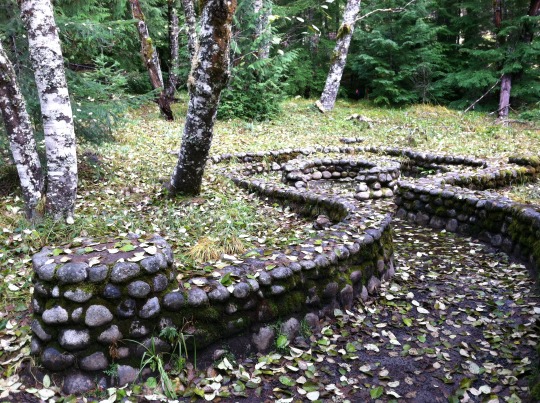
NPS Photo of Soda Springs in 2013.
The Longmire area was first settled by James Longmire, who’s family went on to run a health resort in the late 1800s to early 1900s using natural volcanic mineral springs found in the area. Two mineral springs built during 1920s remain from the original resort development in the Longmire Meadow.
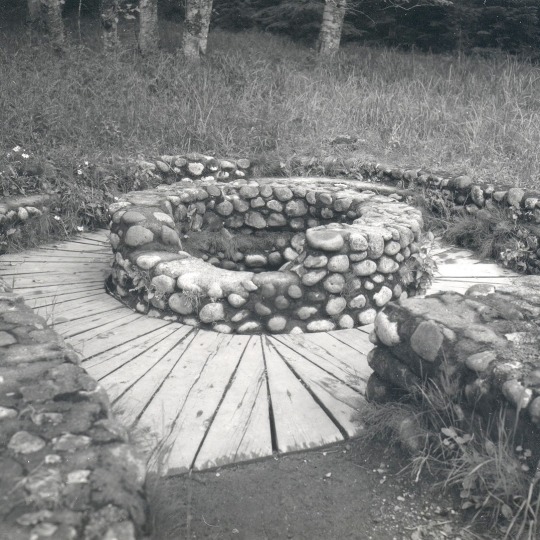
NPS/D. Schnute Photo of Soda Springs in 1986.
Soda Springs is named for the soda, magnesium, iron, and sodium chloride content of its waters. It has a stone masonry enclosure surrounded by a wooden plank walkway with a short spur trail edged by stone parapet walls.
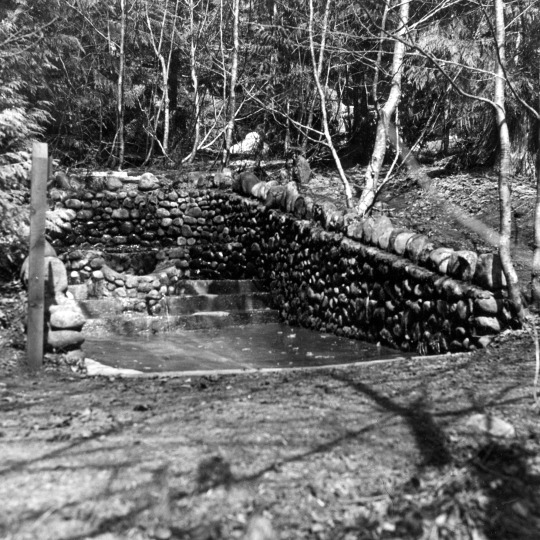
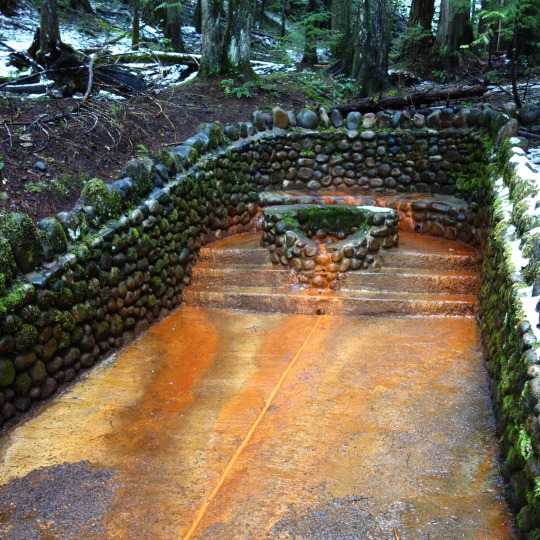
Mount Rainier National Park Archives Photo of Iron Mike circa 1940s (left). NPS Photo of Iron Mike in 2017 (right).
Iron Mike Springs has high iron content in the water, giving the spring both its rusty color and its name. Iron Mike has a circular stone masonry enclosure with concrete steps enclosed by a U-shaped parapet wall.
Both springs are contributing structures in the Mount Rainier Historic Landmark District. Have you viewed these springs along the Trail of the Shadows in Longmire?
#Historic Mount Rainier#mount rainier national park#Longmire#Longmire Meadow#Trail of the Shadows#Longmire Soda Springs#Iron Mike#volcanic mineral springs#mineral springs#history#national historic landmark district
21 notes
·
View notes
Text
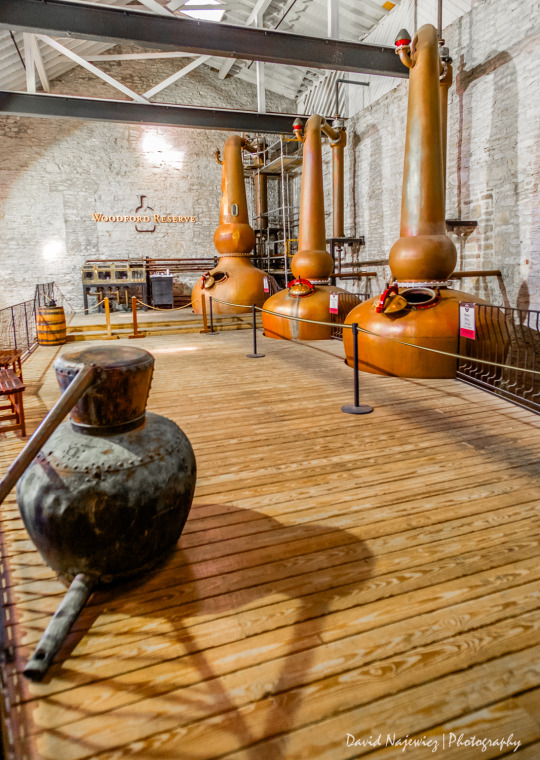
Old and New - stills at the Woodford Reserve Distillery , Versailles, KY.
#photographers on tumblr#original photography#bourbon#woodfordreserve#kentucky#bourbon trail#historic distillery
45 notes
·
View notes
Text
The Oregon Trail saw Stan and Kyle together in their covered wagon. Kyle shot wildfowl to eat while Stan fed the horses grain and made a fire. Kyle’s wife became sick along the Platte River. He buried her in a muddy bank and left his wedding band enclosed in her lifeless fists. Kyle was a school teacher from New Jersey. He picked up Stan, a fur trader who hated his job, in the northernmost corner of Colorado. ‘He’s brawny and drinker,’ Kyle wrote in his journal, ‘he’s illiterate, he insists I read to him my copy of Dickens.’ They couldn’t sleep together because one of them had to guard the wagon. As the days went on, they found themselves sitting closer at nooning time, sharing a canteen and a can of beans, waving mosquitoes from each other’s cheeks. Those dumb old horses looked away when Stan kissed Kyle, open-mouthed and zealous; he tasted like beans.
Kyle came down with a rancorous case of cholera when they were nearing the Oregon border. One week later Stan buried him. He took Kyle’s wristwatch and pocketed it before he could feel too guilty for stealing a memento from the dead. He wouldn’t let himself cry, it was 5AM and he had less than 400 miles to go until he reached Oregon City. As he tried to stop the tears from flowing, he wondered what he would do with Kyle’s trunk full of suits and ties and dress shoes, they were too small for him.
16 notes
·
View notes
Text
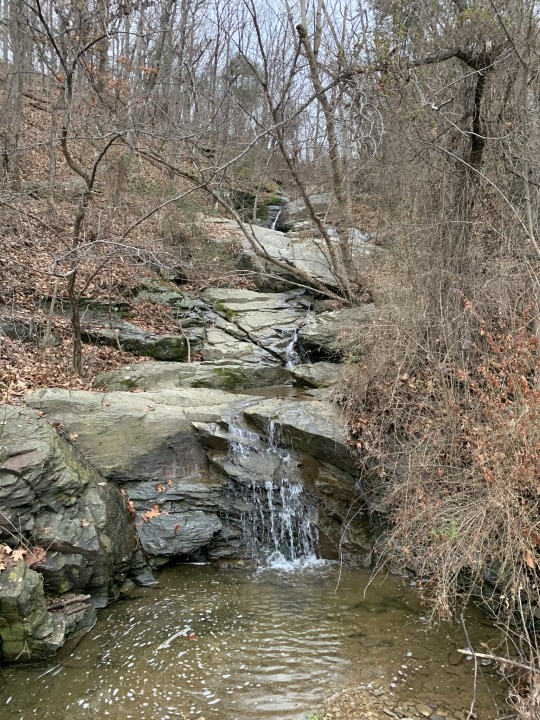
January 2nd, 2023
Harpers Ferry, West Virginia
#photography#harpers ferry#west virginia#harpers ferry national historic park#national historic park#national park service#nps#blue ridge mountains#appalachain mountians#appalachain trail#creek#waterfall#nature#landscape#winter#fall
25 notes
·
View notes
Text


Tianmu, Taipei
15 notes
·
View notes
Photo




the way i have written three of these fics and am in the process of writing the fourth.
[credit here, twitter thread by AleshaRuth]
[fics under the cut]
the shawnee trail
raise the black
a ghost story
and the 1920s boxing fic to come :)))
#the Shawnee trail#raise the black#a ghost story#boxing au#dean#lmao at this point i can't NOT write a historical au#anyway i wanted to take this AI and do dean and cas from all my historical aus#because it's MY TIME TO SHINE AT LAST#but then i saw you had to pay for it so it is NOT my time to shine#i repeat: it is NOT MY TIME TO SHINE!#wait where's pilgrim dean? i've written that one too#heavyweight
129 notes
·
View notes
Text






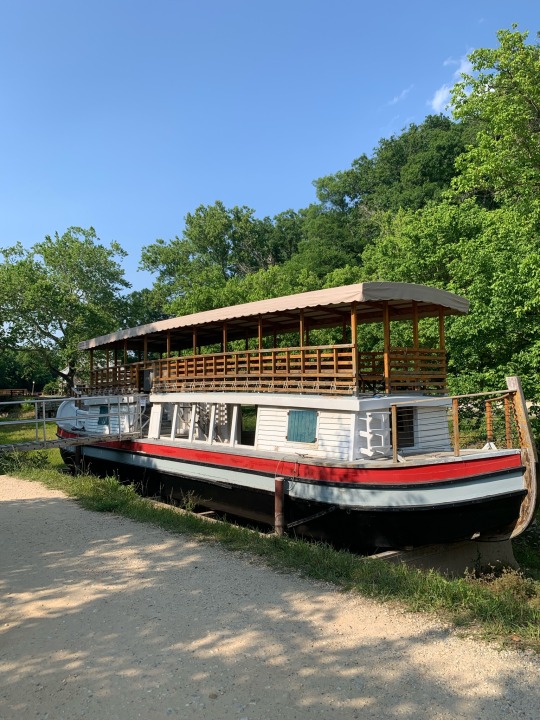
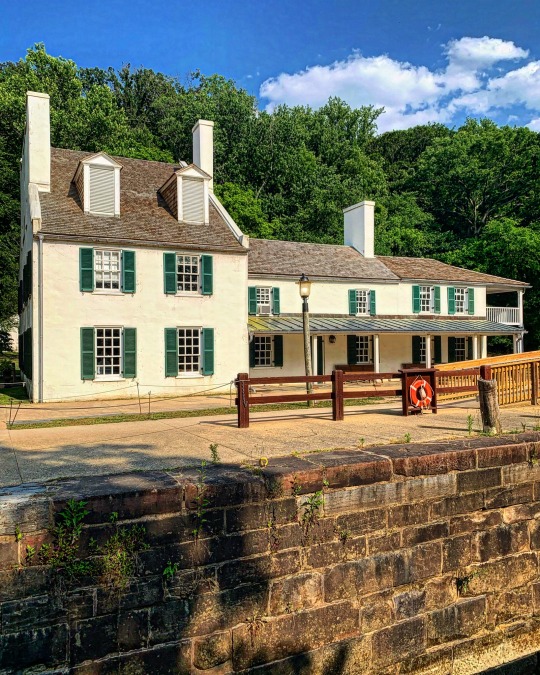
Great Falls / C&O Canal
#hiking#adventure#maryland#virginia#trails#hiking trail#hiking trip#scenic views#nature#history#historic#historical#c&o canal#great falls#photographers on tumblr#photography#original photographers#scenic
10 notes
·
View notes
Text
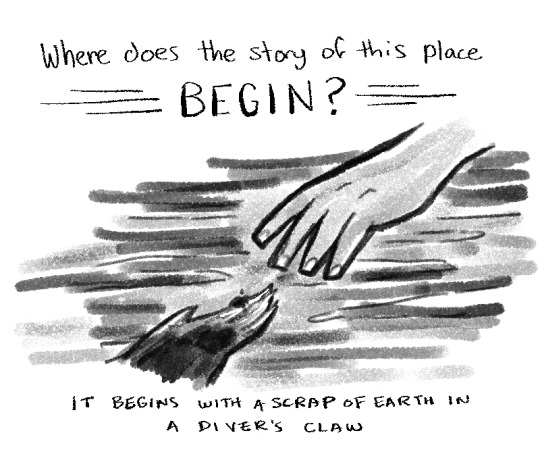


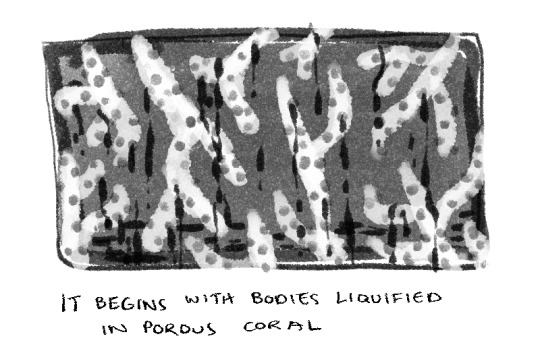






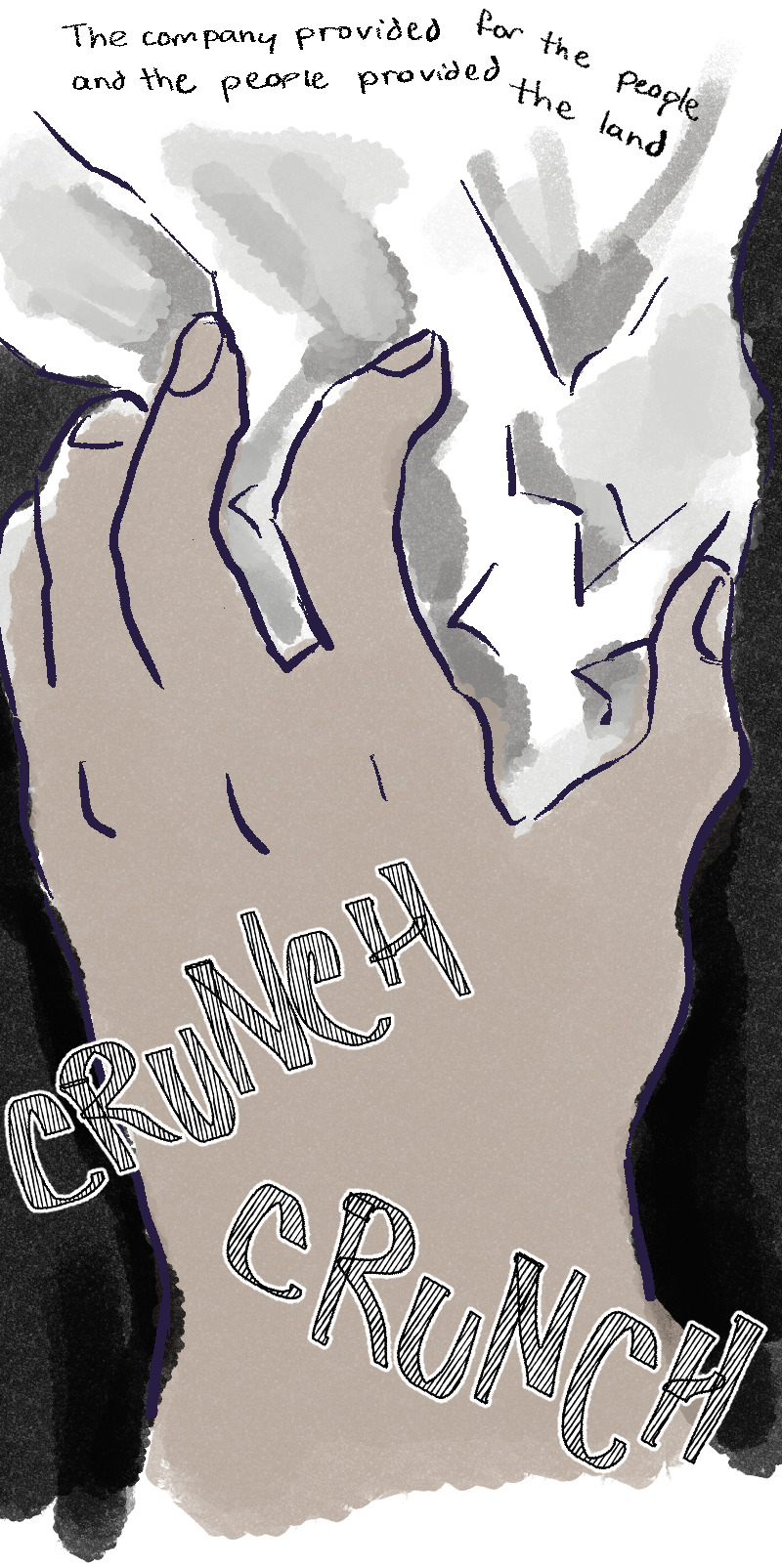


Hi and welcome to this thing that's sort of a prequel to the timeline I'm working on. The working title is Alberta Story, but as you can see I kind of changed directions midway through as I thought about it more, I figured if I was getting frustrated then surely Ed was also getting frustrated with it so I turned it over to him to express that, haha. I wrote the first half of this last fall and stewed on it for about a year and decided, screw it, I don't know where I'm going with this but I will slap on a few more panels and figure it out as I go.
This might be the closest thing to a reboot of the BoAB main storyline for a while. I wanted to do something that gave a cursory outline of Canadian / Albertan history for people who are new to it, but of course it runs the risk of repeating every narrative Canada / Alberta have about themselves and that's quite frustrating, to be honest! Particularly when you are trying to write characters who lived through a great chunk of it.
I was trying to think about where to "start" the story of Alberta, particularly after reading Mavericks: An Incorrigible History of Alberta. A lot of the tongue in cheek ahistorical assigning of Albertan-ness to even protozoic life rubbed me the wrong way even though I found it an interesting narrative, so I wanted to illustrate the difficulty of "beginning".
Additionally: I really find it frustrating in the Hetalia fandom when people kind of take Himaruya's approach and suggest the colonized personifications almost predate colonization somehow, like they were "always there", or the approach that they are direct descendants of some ambiguous ancestral "Native America" that mysteriously no longer exists. At the same time, I sort of understand how it also happens with the narratives we construct ourselves, in textbooks and museums, that have long illustrated "pre-history" (Indigenous history) as opposed to "history" (the "Real" history of Euro-Canadians). It's a cultural underpinning that needs to be undone.
I don't make any ambitious claims to produce real, decolonizing work, I realize there's this big gap in this universe I'm building that acknowledges municipal personifications and only vaguely gestures at the idea of others and there's a myriad of issues with that, but it's a place that I as a euro-canadian myself am starting with and I hope to continue learning and growing from here.
"Here" is summed up as: isn't it crazy that a company that was just gifted 1/12th of the surface of the Earth not only predates the idea of this country and its cities but also still exists and is just a place you end up in at the mall now?
More detailed explanation of each panel follows.
Diver's Claw: Several stories in different First Nations cosmologies reference the Creator or another figure making a flood that covered the whole earth, where a survivor (Wisakedjek in Cree/Ojibwe stories, Na'pi in Blackfoot, etc) sends down a succession of animals to the bottom of the waters to retrieve a piece of the old earth, which they can then use to create anew.
Mounds of Earth: When the Northwest Mounted Police were sent out west from Canada after purchasing the territories (including Alberta) from the Hudson's Bay Company in 1870, they marked the border along what would become the 49th parallel between Canada and the United States with piles of dirt.
Descent from the Stars: This is supposed to be a depiction of Manitou Asiniy, also known as the Manitou Stone or Creator's Stone, a meteorite that has spiritual significance to many Indigenous peoples. As I write this, he (as a sacred being, he is referred to with these pronouns) is currently in the custody of the Royal Alberta Museum which has recently agreed to return him to the site where he was originally taken from near Hardisty in 1866. Currently, the gallery is open for worship and ceremony until it is time to repatriate him.
Bodies liquified in coral: this is NOT a scientific illustration, haha. The idea is that a lot of Albertan identity comes from about 400 million years ago in the Devonian period. At the time, a big chunk of "Alberta" was covered by ocean. The organisms lived, died, and over time became crushed by sediment layered over them. Coral has a lot of holes perfect for holding this sludge and fossilizes nicely here, and it is this layer of Earth's long history that speculators are looking for when drilling for oil.
Lips to a book: Alberta joined Confederation on September 1st, 1905, which our last premier tried to commemorate with a holiday that no one showed up to. Back at the turn of the century however, it was a massive party attended by Prime Minister Wilfrid Laurier and the Governor General, a position in Canadian parliament that represents the King or Queen of England. Govenor General Grey (his grandpa was the Earl Grey the tea was named for, I believe) was the one who kissed the bible at this inauguration.
Prince: The prince here is Prince Rupert, who Rupert's Land was named for, and the king in question is Charles II of England (yes, the Restoration and Great Fire of London party guy from the Stuart era). Rupert's Land centred on Hudson's Bay and made up over 40% of what is now considered Canada. The Hudson's Bay Company was granted the charter to all this territory - if they found the Northwest Passage while they were at the business of acquiring beaver or otter pelts, it was certainly a bonus.
The rest is fairly self explanatory, I hope. Like I said, I felt like I was falling into the trap of the same old story of pioneers and exploration that has been absolutely done to death in Canadian history, and I didn't have anything particularly new to say about it that would maintain this storybook level of accessibility so I just. Stopped! Shifted gears! haha. Still, I think the fur trade is a very important piece to the puzzle that often gets either a bit overhyped or glossed over in favour of railroads in Canadian history and almost entirely ignored and forgotten in American history, and it makes sense to start there, particularly for Ed who has a lot of Complicated Feelings about it.
Enjoy! Maybe one day I will figure out part two.
#historical hetalia#hetalia oc#hws oc#aph oc#projectcanada cities#pc: edmonton#hapo art#digital art#clip studio paint#edward murphy#i wanted to have this comic take place at city center#BUT THE BAY IS GONE!!!!!!#so southgate it is i suppose#since it is close by a certain trail to a certain other city
30 notes
·
View notes
Text
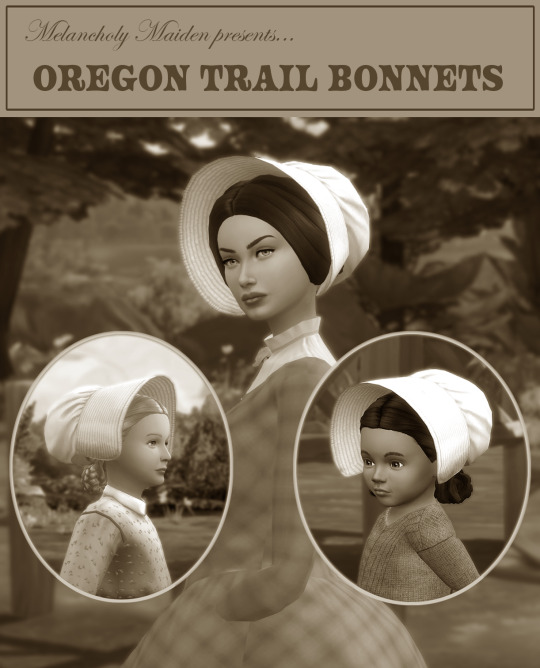
Oregon Trail Bonnets
Someone recently gifted me the Oregon Trail Board Game and I was inspired to make these! There are 2 adult versions and 1 version for children and toddlers.
BGC
2 versions listed under hat
All LODs
4 swatches each
Disallowed for random
Adult and child versions are hat slider compatible
DOWNLOAD
333 notes
·
View notes
Text
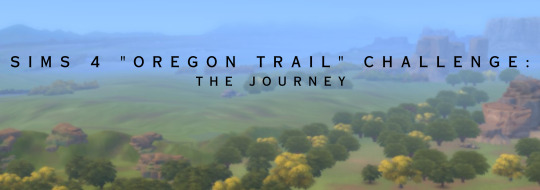

Travel continues daily and the pioneers look forward to breaking at camp each evening and getting to know each other a bit better.
Pete tells Annie all about the farm he hopes to start when settled. She listens politely but isn't sure that farming is all THAT interesting. Lottie quietly listens, enjoying the fresh air and companionship.

Both Jesse and Charles brought a few books along and reading by the fire or lantern light becomes one of the few options available to build fun.
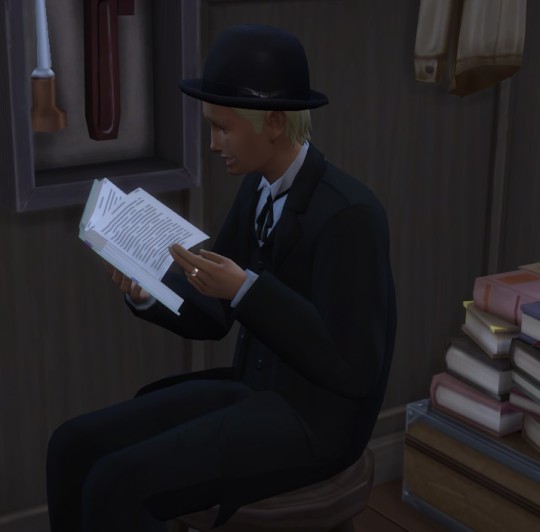
Prev / Next
Rules
#Sims 4 Oregon Trail Challenge#Oregon Trail Challenge#Sims 4#historical BACC#historical challenge#Pete Webber#Annie Staton#Lottie Norris#Jesse Wheeler#Charles Schmidt#jenplayssims
15 notes
·
View notes
Text
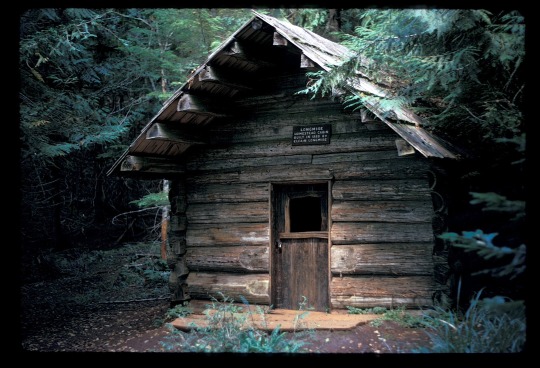
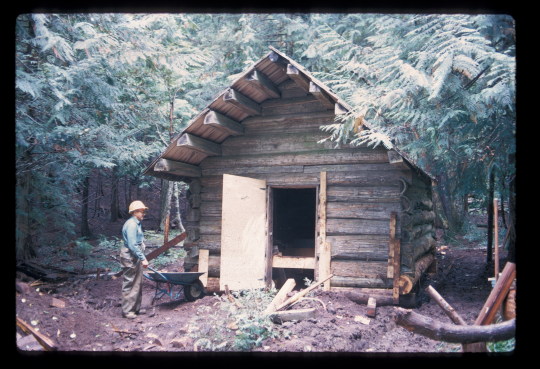

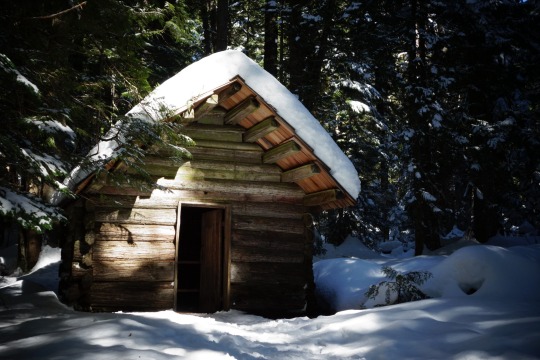
NPS Photos of the Longmire Cabin in 1968 (top left) and when rehabilitation work began in 1969 (top right). Mount Rainier National Park Archives Photos courtesy Val Lou photo of the cabin in the 1990s (bottom left). NPS Photo of the Longmire Cabin in March, 2018 (bottom right).
Located along the Trail of the Shadows is a small cabin originally built by Elcaine Longmire in 1888. Along with the Iron Mike and Soda mineral springs, this cabin is the only remaining structure from the original resort development in the Longmire Meadow. The Longmire Cabin is a 13 x 16-feet, one story, one room cabin with walls of unhewn half-cut Douglas-fir logs and cedar shingle roof. The original log walls were replaced in-kind by the Civilian Conservation Corps in 1934, and in 1970, the NPS replaced the roof and added a new concrete foundation. While none of the original materials remain, the Longmire Cabin is still found in its historic location and its construction is typical of the period of early settlement. It is a contributing building in the Mount Rainier Historic Landmark District.
Have you looked inside the Longmire Cabin while walking the Trail of the Shadows?
#Historic Mount Rainier#Longmire Cabin#Longmire#Trail of the Shadows#historic structure#National Historic Landmark District#history#architecture
24 notes
·
View notes
Photo
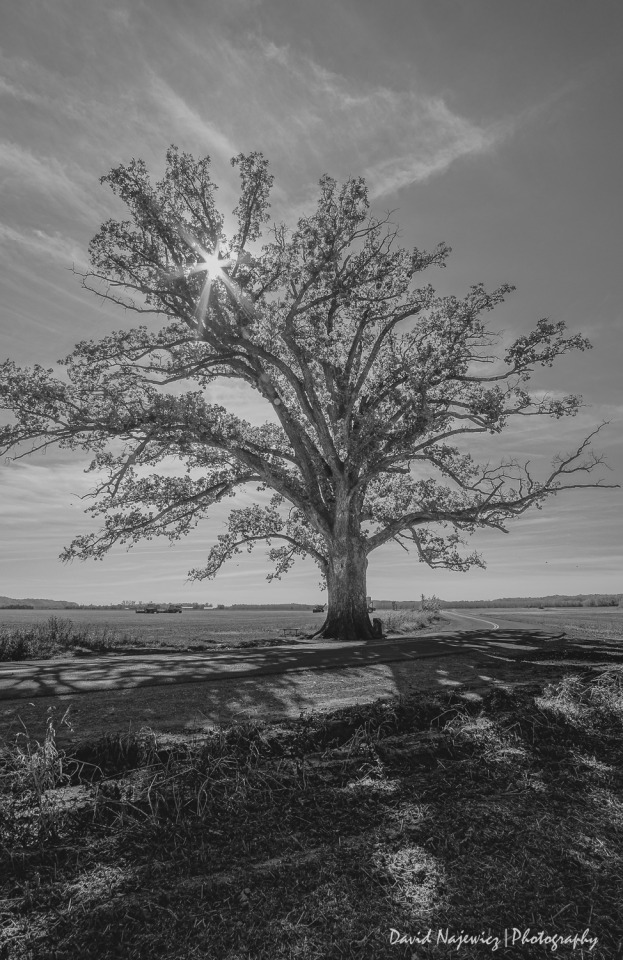
Ran across this while riding the KATY bike trail - The “Big Tree” is a nearly 400-year-old bur oak (Quercus macrocarpa) tree near the Missouri River in Boone County, Missouri. It is tied for National Champion, representing the largest tree of its species in the United States. Standing alone in the floodplain of the Missouri River, and near the city of Columbia, Missouri, it is a well-known landmark
#burr oak#old tree#historic tree#original photography#photographers on tumblr#luxlit#missouri#katy trail
94 notes
·
View notes
Text
I've got roughly 60 tabs open in my browser right now, filled with very geographically focused historical research from four different time periods. And I've got two more timelines in mind that I haven't even touched yet. Either we're gonna have a whale of a fic series that absolutely nobody asked for, or I'm gonna come away with weirdly expert knowledge about some times and a place I've never been to... and nothing to show for it.
Could go either way.
#please save me from my own analness#historical accuracy means nothing if I never WRITE anything#somebody tell me to stop procrastinating and start writing#tell it to me sternly cause I apparently need to hear it#or... read it I guess#otherwise I'll go down All The Historical Rabbit Trails#and get nothing done#Little Hope#The Curse in Little Hope
10 notes
·
View notes
Text

January 2, 2023
Harpers Ferry, West Virginia
#photography#harpers ferry#west virginia#harpers ferry national historic park#national historic park#national park service#nps#blue ridge mountains#appalachain mountians#appalachain trail#greenery#church#ivy#historic building
11 notes
·
View notes